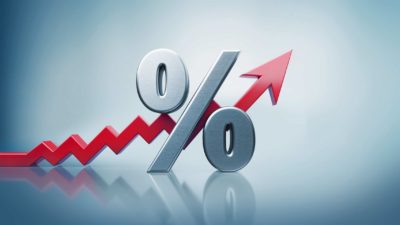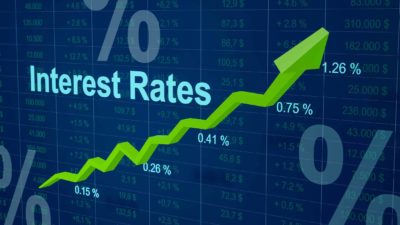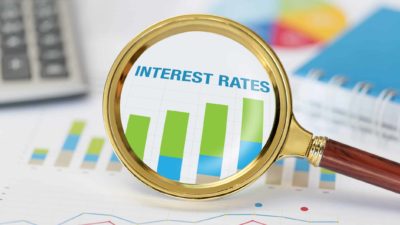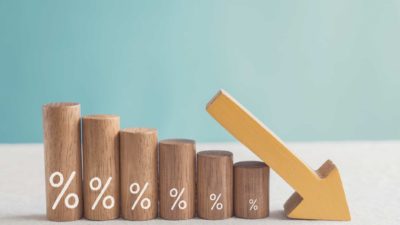Chances are you might have heard talk of the US debt ceiling over the past few weeks, and its potentially disastrous implications for the global economy. US debt doesn't seem like the kind of topic that can have ramifications for us ASX investors.
But that is most certainly not the case. So today, it's time for a look across the Pacific at the United States and its current political high drama.
Like most advanced economies, the United States is heavily in debt. The US hasn't had a balanced budget for decades and, right now, the county's national debt stands at close to US$32 trillion, or just over 120% of gross domestic product (GDP).
Because the US government is continually spending more than it is raising in taxes, its national debt is always rising. In most counties, this isn't a big deal. But over Stateside, the Americans have a legislated cap on how much the country can borrow.
What exactly is the US debt ceiling?
This cap is dictated by Congress and is periodically raised to accommodate new debt. This usually goes off without a hitch. But when the White House and Congress are controlled by different parties, both sides see raising the cap as a source of leverage to extract political demands from the opposing team. That is exactly what is happening right now.
As we all know, the current US president is Joe Biden, a Democrat. But one chamber of the US Congress – the House of Representatives – is controlled by the Republican Party (the party of former President Trump).
This means that both sides have a veto on what the other can offer. Hence the stalemate. So the US is scheduled to hit its debt ceiling on or around the beginning of June.
If that happens, and the ceiling isn't raised in time, then the US theoretically cannot borrow any more money. This would mean that the US government would have to default on its current debt. If this does occur (which would be the first time in history), then US government bonds could potentially become worthless.
What happens if America defaults?
US government bonds are traditionally regarded as the safest investment in the world and are held by investors, pension funds, and sovereign wealth funds everywhere. They are used to calculate the value of most other assets you can buy, including shares.
If the US were to default, and these assets became worthless, it would cause what could be described as a financial tsunami that would have profound implications for every asset market anywhere. We would certainly feel it here in Australia, as would investors in any other country.
It's kind of a big deal.
Now, no one in the US wants a default. Joe Biden certainly doesn't, which is why he is insisting that the ceiling be raised unconditionally. But the Republican Party is seeing an opportunity to demand spending cuts and other budgetary changes that the Democrats don't really want. And so, a standoff.
So what happens next? Well, there are just under two weeks until it's crunch time. But both parties are currently locked in fierce negotiation. This is why President Biden had to cancel his planned visit to Australia this month.
Everyone is hoping for an acceptable and timely solution to this current crisis. That's what has happened every other time we have seen a debt ceiling standoff of this nature. But the unthinkable is still possible — America isn't known for its bipartisan spirit these days.
As such, if you have been wondering why the US national debt seems to be the talk of the investing town right now, there's your answer. So watch this space and watch it carefully over the next fortnight. It could have disastrous implications for us all.









